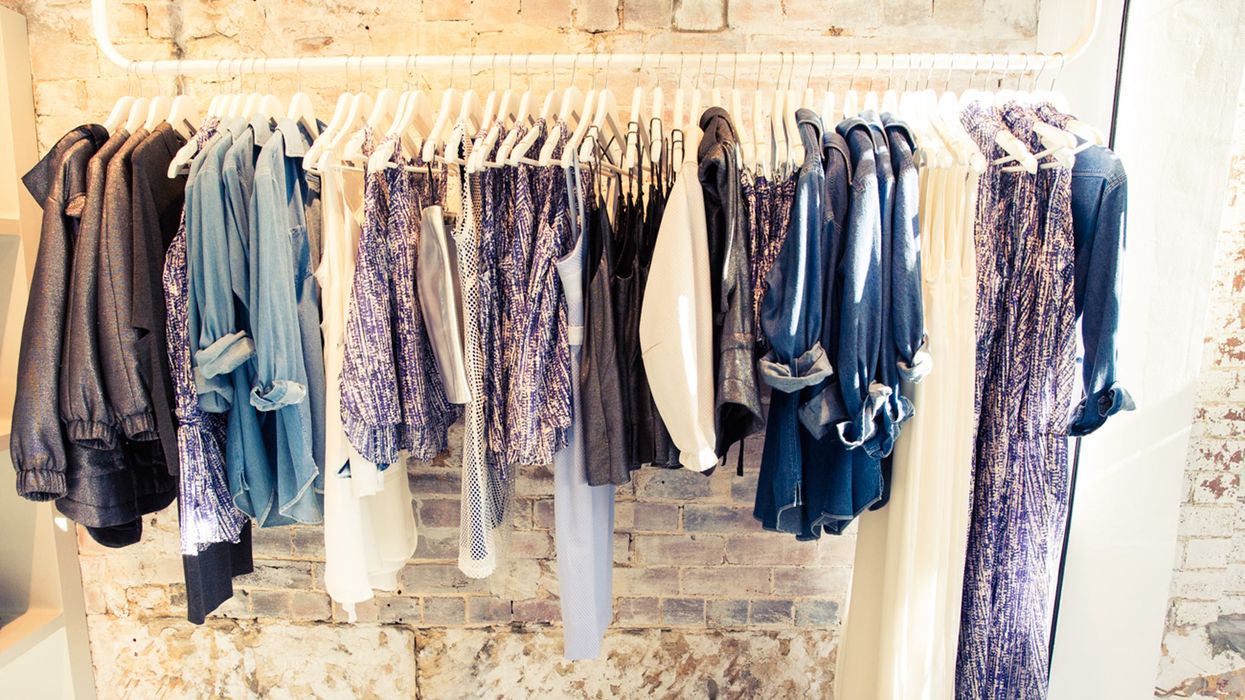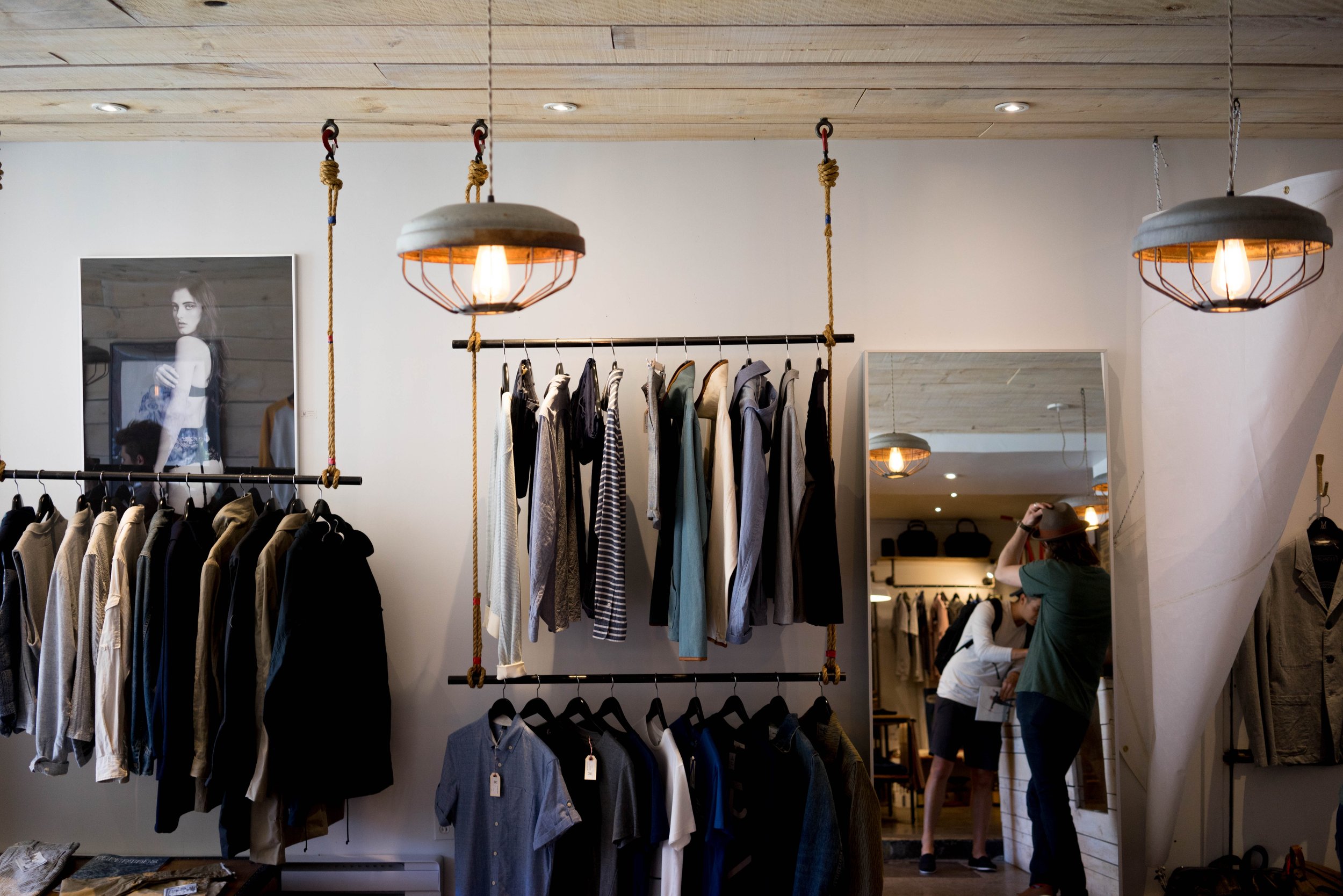How to Style Your Outfits with Boutique Fashion Finds
How to Style Your Outfits with Boutique Fashion Finds
Blog Article
Discovering the Evolution and Effect of Clothing on Modern Fashion Trends
The development of clothes has significantly affected contemporary fashion fads, merging historical criteria with innovative advancements. Renowned numbers like Coco Chanel and Yves Saint Laurent changed the fashion industry by presenting concepts that prioritize convenience and access, which proceed to resonate today.
Historical Fashion Influencers
In the tapestry of style history, certain numbers have actually left an indelible mark, forming the trends and styles that specify entire eras. Coco Chanel, a revolutionary designer, redefined ladies's style by presenting comfy, elegant apparel that left from restrictive corsets.
Elsa Schiaparelli is one more crucial figure, renowned for her progressive styles that integrated surrealist art, teaming up with Salvador Dalí to create whimsical pieces that challenged traditional visual appeals. Her ingenious use of color and strong patterns reverberates in contemporary fashion. Yves Saint Laurent, on the other hand, equalized haute couture with prêt-à-porter collections, bringing path designs to the masses and establishing a precedent for contemporary ready-to-wear lines.
These dreamers, among others, not only changed fashion in their times but also established withstanding trends that reverberate in today's fashion sector, offering a structure upon which modern-day developers remain to construct and innovate. Their legacies underscore the importance of creative thinking and daring in fashion's ever-evolving story.
Technological Improvements in vogue
Amidst the dynamic landscape of the garment industry, technical innovations stand at the leading edge of development, improving just how developers create and customers involve with fashion. The integration of 3D printing has revolutionized design procedures, allowing developers to trying out complicated structures and lasting materials that were formerly impossible. This modern technology promotes quick prototyping, lowering waste and speeding up production times.

Smart fabrics, embedding innovation right into textiles, are likewise transforming the sector. Technologies like temperature-regulating and self-cleaning materials offer boosted performance and convenience. Wearable innovation, integrating attributes like health and fitness tracking and interaction, adds a brand-new dimension to style, merging looks with functionality.
Cultural Changes and Style
As technical improvements remain to improve the apparel industry, cultural changes are equally prominent, redefining style and customer preferences. In recent years, the surge of social media sites systems has accelerated the circulation of worldwide fashion fads, allowing varied social influences to merge and coexist. This digital interconnectivity has actually helped with the quick exchange of ideas, causing a much more comprehensive and eclectic analysis of design that mirrors the diverse nature of contemporary culture.
Cultural understanding and gratitude have actually triggered developers to attract ideas from a broader spectrum of historical and ethnic contexts, integrating standard concepts with contemporary looks. This blend has actually caused fashion that reverberates with a bigger target market, promoting a sense of identity and belonging throughout various demographics. Furthermore, the enhancing demand for personalization has driven brands to use personalized choices, enabling consumers to express originality while showing their cultural heritage.
Furthermore, changing social values have actually impacted style, with inclusivity and variety becoming main styles. The industry has actually try this out begun to welcome versions and influencers of various type of body, ethnic backgrounds, and sex identities, tough traditional elegance requirements. This transformation emphasizes the power of cultural changes in shaping the future of style, as style comes to be a more genuine expression of individual and cumulative identity.
Sustainability and Modern Design
While the fashion industry continues to evolve, the critical for sustainability has actually come to be significantly immediate, affecting modern-day style techniques. The increase of slow-moving style, which stresses quality over amount, encourages customers to spend in classic items instead than short-term fads.
Additionally, modern layout is characterized by its innovation in minimizing waste and advertising circularity. This strategy not only mitigates environmental effect but also improves the social responsibility of style homes.

Future Trends in Style

Sustainability will continue to be a driving force in shaping future style fads. The market is increasingly adopting green materials and ethical manufacturing techniques, reacting to an expanding consumer demand for liable techniques. Developments such as bio-fabricated materials and closed-loop recycling systems are readied to redefine just web link how clothing is generated and consumed, lowering ecological effect while keeping design and quality.
Social changes, including the rise of inclusivity and variety, will additionally play an essential function. As society comes to be a lot more knowledgeable about social issues, style is expected to become a system for expression and change. Developers will likely concentrate on producing collections that mirror a wider array of identities and experiences, championing depiction and access.
Final Thought
The advancement of apparel significantly affects contemporary fashion patterns, where historical impacts combine with modern styles. This ongoing evolution underscores style's duty as a mirror to societal worths and technological development, suggesting a future rich with technology and inclusivity.
The evolution of apparel has actually significantly influenced modern fashion patterns, merging historical criteria with innovative developments.In the check out here middle of the dynamic landscape of the style market, technological advancements stand at the center of advancement, reshaping exactly how designers develop and consumers involve with fashion.While the style market proceeds to progress, the imperative for sustainability has actually ended up being significantly urgent, influencing contemporary design methods. As sustainability ends up being ingrained in modern-day design, it leads the way for an extra accountable and conscious style industry.
The development of apparel substantially impacts contemporary style fads, where historical influences combine with modern designs.
Report this page